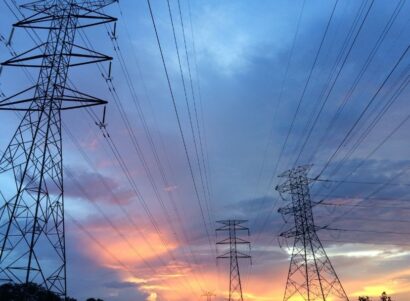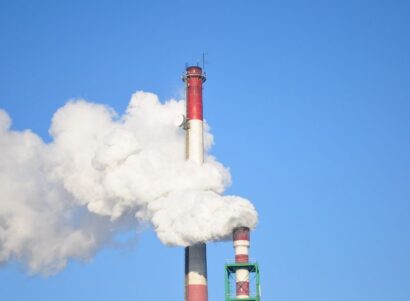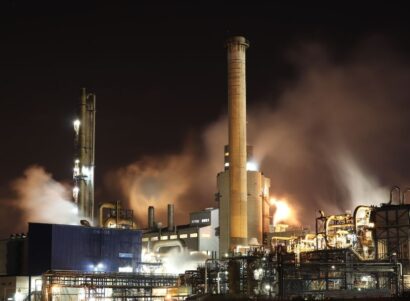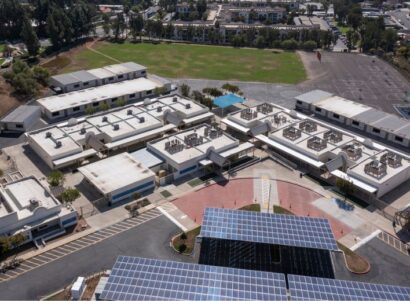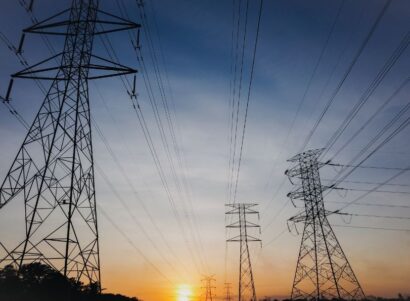Background
Research has shown that abandoned oil and gas wells contribute to air and water pollution, with nearby communities often bearing the greatest impacts. Fluids leaked below the earth’s surface can contaminate water supplies and soil, while air pollutants such as methane and benzene (a known carcinogen) may impact air quality, public safety, and climate change.
In this analysis, researchers collected data on the location, type, depth, and last production date on 81,857 documented orphaned wells across the United States. Orphaned wells are defined as wells that lack a financially responsible party to plug them. As a result, this financial responsibility is often placed on the general public. They then analyzed the risks of abandoned wells based on demographics, groundwater production wells, methane emissions, water quality data, and health studies. Researchers also identified opportunities for geothermal and other alternative uses based on geology and the costs of individual wells.
Key Findings
Researchers found that over 4.6 million people live within 1 km of a documented orphaned well, a distance deemed higher-risk by scientific experts. Of the documented orphaned wells 35 percent (27,241) are located within 1 km of a domestic groundwater well, yet only eight percent of the wells have groundwater quality data within a 1 km radius. These wells are associated with:
- Approximately three to six percent of total U.S. methane emissions from abandoned oil and gas wells, however, this estimate is based on measurements at less than 0.03 percent of the total abandoned wells in the U.S.
- Due to inflation and the discovery of undocumented orphaned wells, the total cost of plugging is estimated to exceed the $4.7 billion allocated to plug orphaned wells under the Bipartisan Infrastructure Law by $1.6 billion to $3.7 billion.
Researchers also found that plugging wells offers opportunities, including:
- Most documented orphaned wells (71,299 or 91 percent) are near geologic formations that could potentially support underground storage for carbon dioxide, hydrogen, and natural gas
- 74 percent of documented orphaned well sites are located in regions with wind capacity of 300 to 4,000 MW
- 60 percent of documented orphaned wells are located in regions with a solar capacity of 3,000 to 4,000 MW; 22 percent of documented orphaned wells are in areas with 4,000 to 5,000 MW solar capacity
- An estimated 20,000 to 46,000 job-years could be created through plugging orphaned wells and surface remediation, supporting local communities
Conclusions
The roughly 4.6 million people living within 1 km of a documented orphaned oil and gas well face a wide range of environmental risks, however, current environmental monitoring data are not extensive enough to fully characterize these risks. The study finds that $4.7 billion in federal funding from the Bipartisan Infrastructure Law is not sufficient to cover the plugging of documented orphaned oil and gas wells across the United States. Given this, researchers suggest developing a framework and environmental monitoring datasets to prioritize wells for plugging, as tens-of-thousands of wells will be plugged in a matter of years.

 Press Release
Press Release